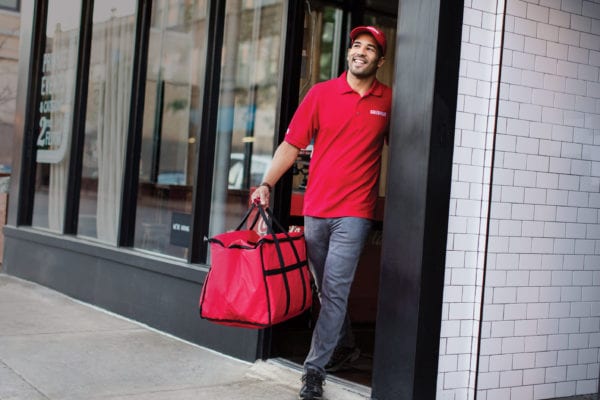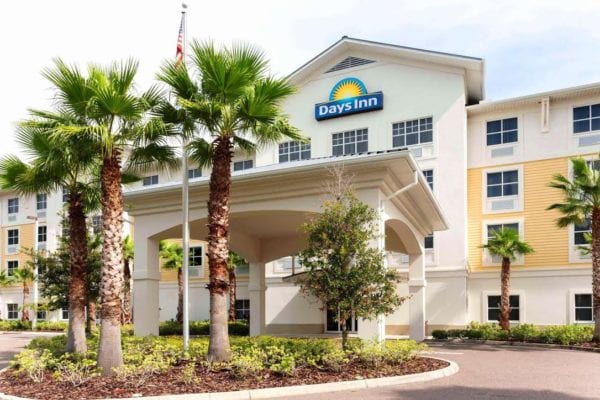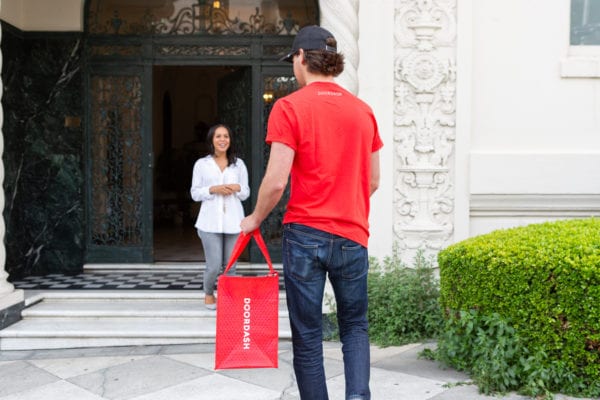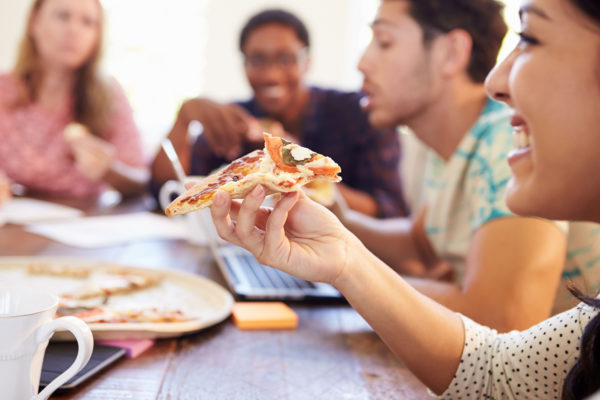THE FUTURE
David Chang on the Challenges of the Modern Restaurant
For all the awesomeness that technology has brought to the restaurant industry, there are some real challenges moving forward. In a recent GQ piece, David Chang talks about “the earthquake that’s about to hit restaurants.”
The piece isn’t about technology per se, though it does touch on how its changing the landscape. (For example, a well-known Brooklyn chef at a well-established restaurant just left for online meal-ordering service Blue Apron.) The piece is actually about economics — what we pay for food, how we pay restaurant staff. And, no, these aren’t tech problems but that’s not to say that technology can’t help restaurants withstand the impending earthquake.
ALGORITHMS
An Instagram Update
Remember when the internet lost its mind after news that Twitter was experimenting with algorithmic, non-linear timelines? Now it’s Instagram’s turn.
Instagram recently announced it’s going to test an algorithm-based feed, citing a statistic that we miss 70 percent of what’s posted on our feeds. The change, though pretty major considering how Instagram currently presents content, will mimic the Facebook news feed we’ve come to know and (mostly) understand. Additionally, IG users can turn on notifications for accounts they <3, as not to miss any of the content.
For the casual Instagram user, this probably won’t matter much. But as New York Magazine points out, for brands or non-person accounts using the service to post (but not officially advertise), the changes are a potential big deal: “By introducing an algorithmic feed to Instagram, brands — specifically the ones that do extremely well on the service, like fashion and lifestyle companies — will soon likely see the same dips in organic reach that have wreaked havoc for publishers on Facebook.”
I was up in arms about this for a while, because it feels a little bit like the de-democratization of the service. (i.e., Have more followers? You get more attention!) but I don’t think that’s it. These algorithms will tailor individual feeds, taking into account the accounts you most view, most interact with, probably most care about. The posts you scroll by because of a hate-follow or other fun, 21st century social reason — those will get relegated to the bottom. So, if you follow your favorite local chef or restaurant (you should!) and genuinely do spend time interacting, chances are you’ll still see posts. Hopefully you’ll see more posts, actually.
Also, for its part, Instagram said yesterday it’s not planning to change anything just yet, and will let users know before anything changes. Please put down the pitchforks.
SPEAKING OF
Gavin Kaysen on Good Instagram
I love a good “who to follow” suggestion. Today’s comes courtesy of Gavin Kaysen, who enthusiastically recommends
Dave Beran, Executive Chef at Next restaurant in Chicago: “The @dcberan Instagram feed is the best Instagram feed going right now, hands down – thank you for sharing the knowledge chef.” I have to agree.
O RLY?
DoorDash’s “Objective” Restaurant Quality Score
Amid trouble at other delivery services, San Francisco-based DoorDash has announced a major new round of funding — $127 million. And, because we absolutely need another way to rank and review restaurants, the company has added a new feature to its offering: something called a “Delight score,” rating the food delivery quality of restaurants it works with.
Ok? DoorDash is quick to differentiate this score from Yelp’s quality scores, apparently, “the system is designed to be superior to Yelp’s on several counts.” Hm, tell me more. According to the above quotedVenture Beat article, “The Delight score is based on two main factors: customer satisfaction with the restaurant’s delivery and the popularity of the restaurant.”
Ok. So this score, which is just a number between 1 and 10, is a combination of the restaurant’s food — which it has control over — and the quality of the delivery experience, which the restaurant has no control over. Seems a little unfair, no? Here lies the problem with third-party delivery companies contracting to deliver from restaurants that would otherwise not offer delivery: the restaurant can’t control any part of that experience, which is arguably the most important part. Doesn’t matter how good a dish is if it arrives cold, sloshed around, squished, or otherwise unfavorable. To be fair, DoorDash has, by its account, spent a lot of time on its delivery infrastructure and, presumably, quality control, but I’m still wary that ranking a delivery experience in tandem with food quality is a tricky way to score a restaurant.
Digestifs




